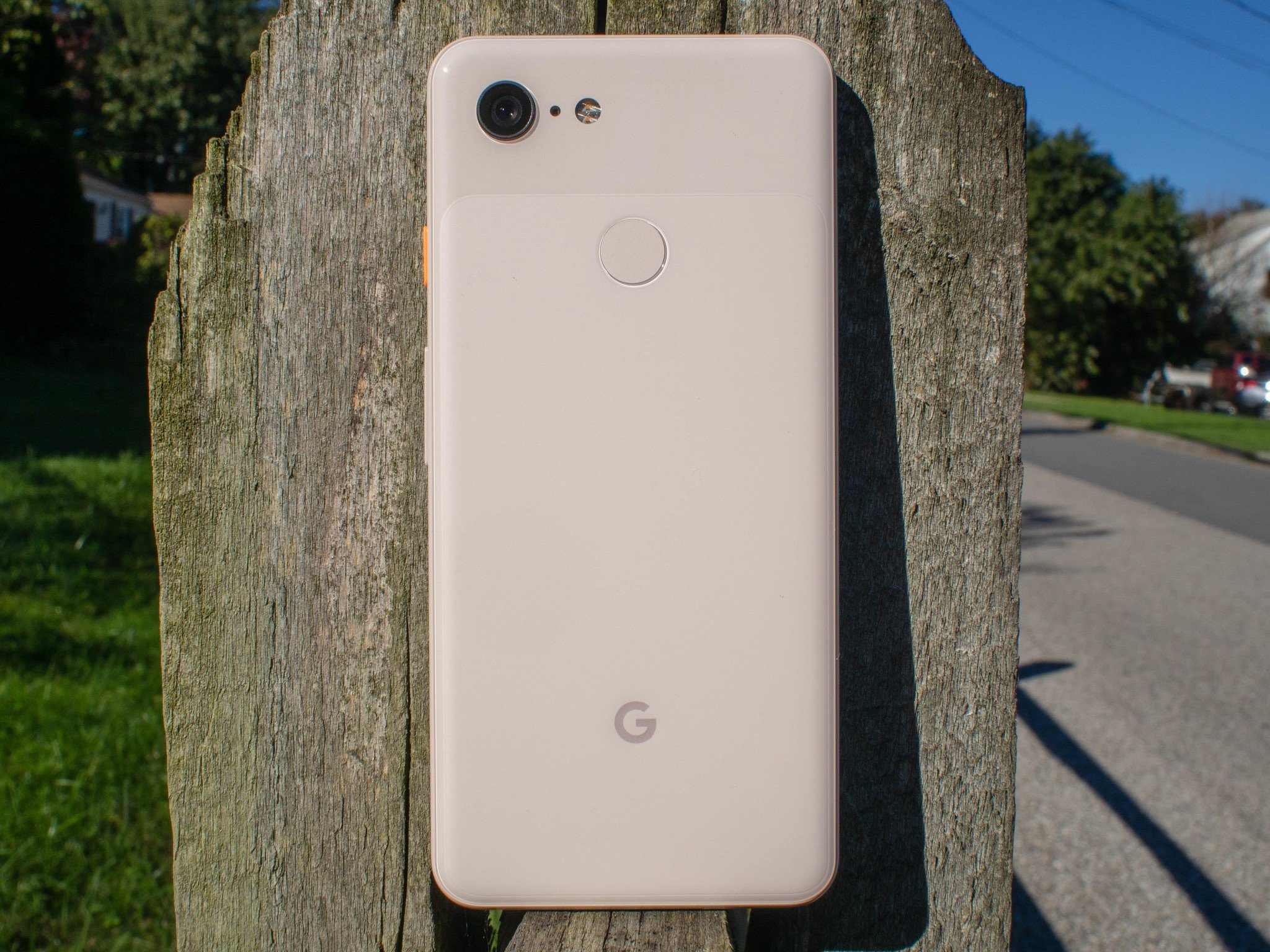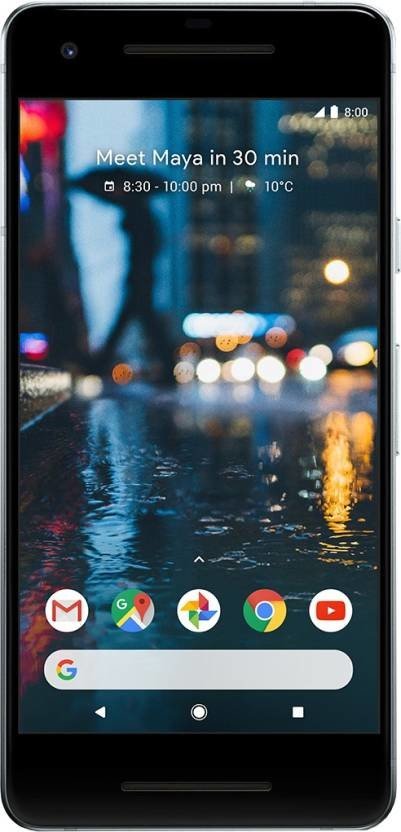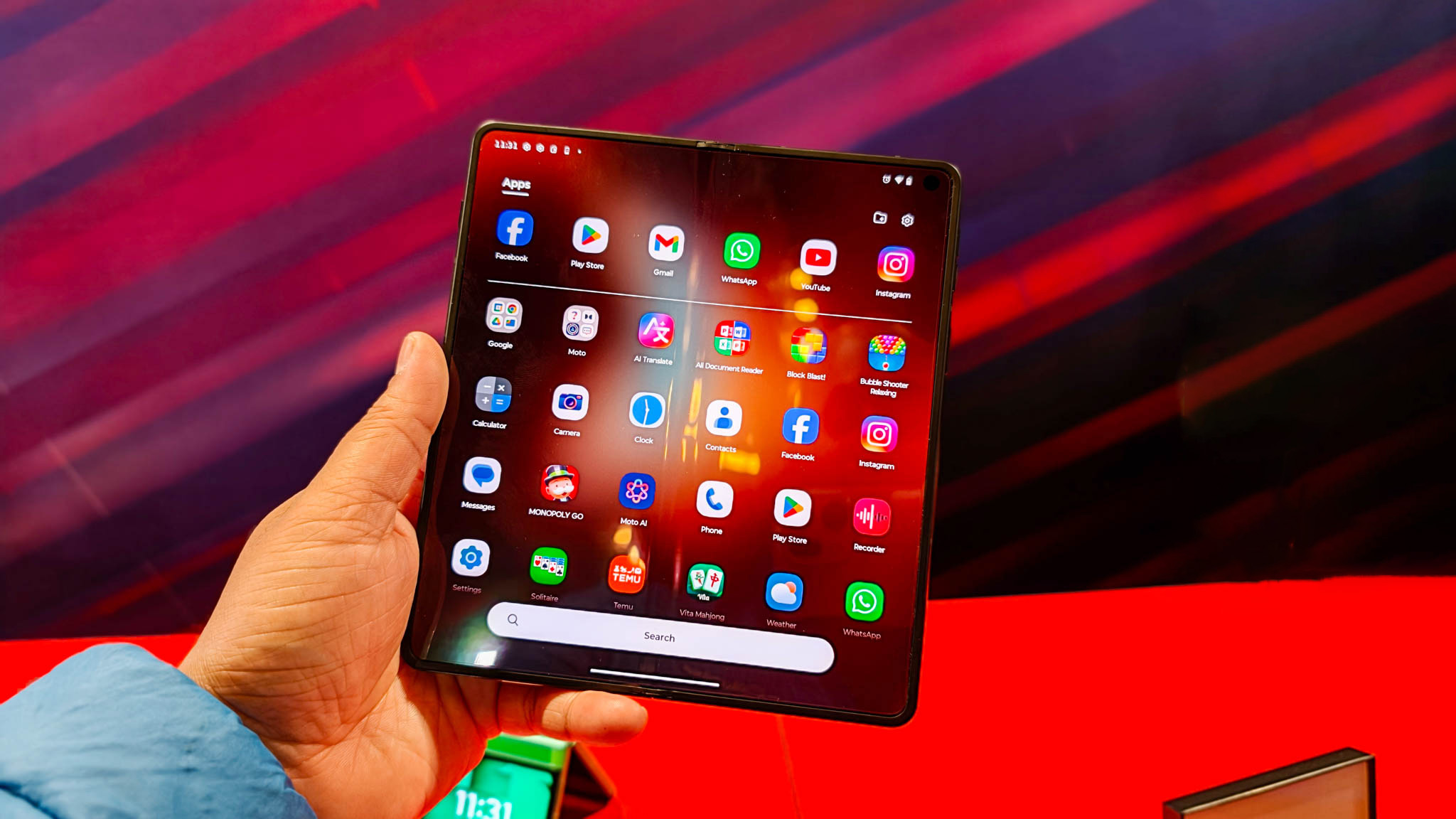Google Pixel 3 vs. Google Pixel 2: Should you upgrade?

Google Pixel 3

Google hasn't changed a lot of hardware elements on the Pixel 3, opting instead to focus its attention on improving the camera. The main difference from an aesthetic standpoint is the switch to an 18:9 screen, which allows the phone to pack in a larger 5.5-inch display while retaining the same size.
Google Pixel 3
Compact powerhouse
Google Pixel 2

A year on, the Pixel 2 is going strong. It's running Pie, and while some of the software features may be missing from the Pixel 3, Google is working toward bringing a lot of the latest camera tweaks to the phone. Design is one area where the Pixel 2 hasn't aged well, however, as those bezels look huge in 2018.
Google Pixel 2
Still great
The Pixel 2 has plenty going for it in 2018. The phone continues to be one of the first to receive software updates, and Google has mentioned that new camera features that debuted on the Pixel 3 — like Night Sight — will be coming to the Pixel 2. So should you upgrade to the Pixel 3 or pick up last year's phone? It's time to find out.
Should you upgrade from a Pixel 2 to a Pixel 3?
Right now, the main reason to upgrade to the Pixel 3 from last year's phone is the bezels. Google finally made the switch to an 18:9 form factor with the Pixel 3, resulting in a larger 5.5-inch display while retaining the same dimensions.
Get the Pixel 3 if you don't like the bezels on your Pixel 2.
If anything, the Pixel 3 is 0.1mm shorter and 1.5mm narrower than the Pixel 2, so if you were worried that the larger screen would increase the size of the phone, that isn't the case.
The reduced bezels makes the Pixel 3 look much more modern, and Google hasn't sacrificed the stereo speakers up front either. You still get great sound from the Pixel 3, and it also has two cameras up front, with the primary shooter joined by a wide-angle lens.
| Category | Google Pixel 3 | Google Pixel 2 |
|---|---|---|
| Operating system | Android 9 Pie | Android 9 Pie |
| Display | 5.5-inch OLED 2160x1080 (18:9) Gorilla Glass 5 | 5.0-inch AMOLED 1920x1080 (16:9) Gorilla Glass 5 |
| Processor | Qualcomm Snapdragon 845 Pixel Visual Core | Qualcomm Snapdragon 835 Pixel Visual Core |
| RAM | 4GB | 4GB |
| Storage | 64GB/128GB | 64GB/128GB |
| MicroSD Slot | No | No |
| Rear camera | 12.2MP, 1.4-micron, PDAF f/1.8, OIS | 12.2MP, 1.4-micron, PDAF f/1.8, OIS |
| Front camera 1 | 8MP, auto focus f/1.8, 75-degree lens | 8MP, f/2.4, fixed focus |
| Front camera 2 | 8MP, fixed focus f/2.2, 97-degree lens | NA |
| Connectivity | Wi-Fi 802.11ac 2x2 MIMO, Bluetooth 5.0 LE, NFC, GPS | Wi-Fi 802.11ac 2x2 MIMO, Bluetooth 5.0 LE, NFC, GPS |
| Audio | Stereo speakers USB-C | Stereo speakers USB-C |
| Battery | 2915mAh Non-removable | 2700mAh Non-removable |
| Charging | 18W USB-C PD Qi wireless | 18W USB-C PD |
| Water resistance | IP68 | IP67 |
| Security | Fingerprint sensor | Fingerprint sensor |
| Dimensions | 145.6 x 68.2 x 7.9mm 148g | 145.7 x 69.7 x 7.8mm 143g |
| Colors | Just Black, Very White, Not Pink | Just Black, Clearly White, Kinda Blue |
Even though the Pixel 2 comes with last year's Snapdragon 835, there's no noticeable difference in performance next to the Pixel 3. Both phones have 4GB of RAM and 64GB of storage, and 18W fast charging. The Pixel 3 does come with wireless charging as well, and there's a $79 Pixel Stand that unlocks new functionality.
Get the latest news from Android Central, your trusted companion in the world of Android
The Pixel 2 will get a lot of the latest camera features that debuted on the Pixel 3.
The Pixel 2 is also slated to pick up a lot of the new camera features that were introduced on the Pixel 3. Night Sight will be coming to the device, along with the new augmented reality features — including the Marvel and Childish Gambino partnerships.
The Pixel 2 didn't suffer from any of the screen issues that plagued its larger sibling, so there really isn't a reason to upgrade to the Pixel 3. The Pixel 3 has significantly thinner bezels and much better front cameras, but that isn't enough to justify making the switch.

The Pixel 3 offers an even better camera and a sleeker design.
With the Pixel 3, you're getting a larger screen with thinner bezels, wireless charging, and better front cameras. The overall experience itself hasn't changed significantly from the Pixel 2, so if you're already using the phone, you can hold off from upgrading for another generation.

Pixel 2 has larger bezels, but it's still a solid phone.
The Pixel 2 is still one of the best phones in the market, and if you're looking to pick up a new phone and are deciding between the two, it's an easy choice. If you can get the Pixel 2 for anywhere around the $500 mark, you should pick up last year's phone.

Harish Jonnalagadda is Android Central's Senior Editor overseeing mobile coverage. In his current role, he leads the site's coverage of Chinese phone brands, networking products, and AV gear. He has been testing phones for over a decade, and has extensive experience in mobile hardware and the global semiconductor industry. Contact him on Twitter at @chunkynerd.
